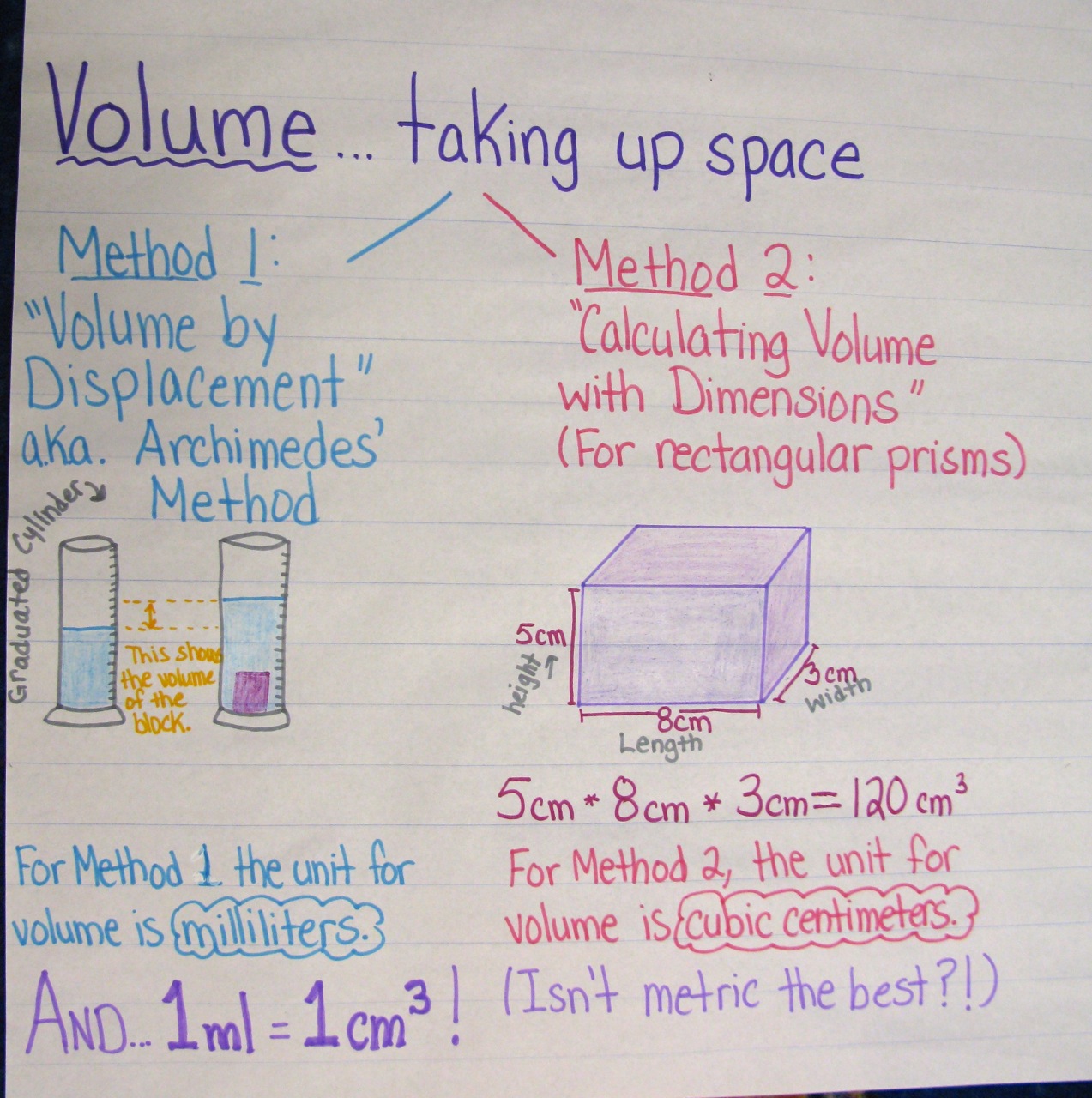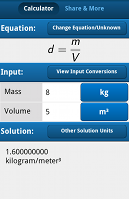


cubic micrometre (cu µm) – 1 x 10 -18 m³.cubic nanometre (cu nm) – 1 x 10 -27 m³.The following conversion factors in cubic metres (m³) are used to convert the calculated volume into different volumetric units: Metric Volumetric Units The volume is calculated by multiplying together each dimension and then converting it into the selected volumetric units. This is the volume of the rectangular shape which corresponds to the dimensions entered for length, width and height. thousandth of an inch (thou) – 0.0000254 m.The following SI unit conversion factors in metres (m) are used for converting the measurement units specified for length, width and height: SI Metric Prefix Length Units Volume Dimensions – Length, Width & HeightĮnter the measurement of length, width and height for the rectangular shape. The formula used by this calculator to calculate the volume of a rectangular shaped object is: Also a graphic will be shown of a scaled 3D drawing to the correct proportions and labelled with each dimension and calculated volume. Once the measurements have been entered for length, width and height, the calculated volume will be shown in the answer box. There is no need to input values in the same measurement units, just select your preferred units for each dimension and calculated volume. This online tool calculates the volume of a rectangular shaped box, solid or space from the dimensions of length, width and height. Cubic Metres SI Metric Prefix Volumetric Units.Volume Dimensions – Length, Width & Height.

So, to convert directly from L to gal you multiply by 0.26417203. Or, you can find the single factor you need by dividing the A factor by the B factor.įor example, to convert from liters to gallons you would multiply by 0.001 then divide by 0.003785412. To convert among any units in the left column, say from A to B, you can multiply by the factor for A to convert A into m/s 2 then divide by the factor for B to convert out of m 3. To convert from m 3 into units in the left columnĭivide by the value in the right column or, multiply by the reciprocal, 1/x. Multiply by the conversion value in the right column in the table below. To simply convert from any unit into cubic meters, for example, from 10 liters, just

Where S is our starting value, C is our conversion factor, and Conversions are performed by using a conversion factor. By knowing the conversion factor, converting between units can become a simple multiplication problem:


 0 kommentar(er)
0 kommentar(er)
